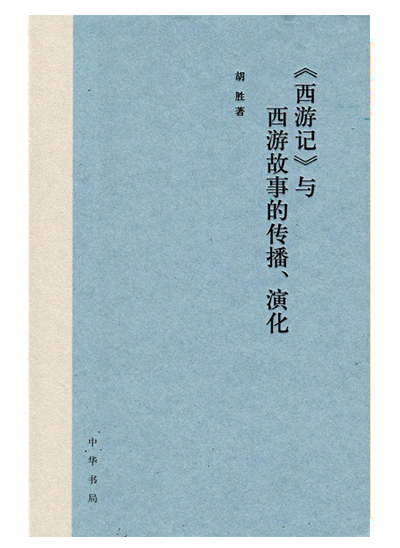A broader world of Journey to the West

The Novel Journey to the West and the Dissemination and Evolution of “Journey to the West” Stories
The Novel Journey to the West and the Dissemination and Evolution of “Journey to the West” Stories, by Hu Sheng, dean and professor of the School of Liberal Arts at Liaoning University, compiles his research achievements on Journey to the West from the past two decades. A representative figure in the study of Journey to the West in the 21st century, Hu’s latest book reflects the shifting research dynamics in the field over the past two decades.
The book comprises three sections: the first covers the dissemination and evolution of the 100-chapter version of Journey to the West; the second explores the regional, religious, and narrative transformations of “Journey to the West” stories; and the third examines the interplay between literary study and performance. The first part was written earlier, while the second and third parts were completed more recently. This structure clearly illustrates changes in Hu’s research objects and ideas over time. His intellectual transition can be summarized simply as a shift from studying the Journey to the West novel to exploring “Journey to the West” stories.
The term “Journey to the West novel” refers to the 100-chapter version of the story, which has long been the core focus of previous research and served as the starting point of Hu’s research. The term “Journey to the West stories,” however, encompasses all narratives related to “Journey to the West” in various forms, including fiction, operas, shuochang [telling and singing] literature, and images.
As his research deepens, the author came to realize that centering everything on the 100-chapter novel could, consciously or unconsciously, obscure or omit certain aspects. Before the classic novel was written, there were already a wealth of “Journey to the West”-themed novels and operas, but their value was only recognized in relation to the later text. This represented conventional practice within academia of the past. Similarly, stories created after the completion of the novel would often go unnoticed by researchers if they were not connected to it. These stories seem to orbit around the 100-chapter novel, using it as a benchmark to demonstrate their value, and are rarely viewed as independent research objects.
However, this perspective is misleading. A deeper exploration of issues related to character archetypes, story evolution, communication, and audience reception will inevitably extend beyond the 100-chapter version, revealing a broader artistic world filled with “Journey to the West” stories. Hu’s shift in focus can be attributed to his extensive collection of Journey to the West materials and his work on compiling the Operas of Journey to the West and Shuochang Literature of Journey to the West. Faced with the rich tapestry of stories with a “Journey to the West” framework, he astutely recognized that the 100-chapter version is but one component of this artistic world, not the entirety of it.
Miao Huaiming is a professor from the School of Liberal Arts at Nanjing University.
Edited by YANG LANLAN

 PRINT
PRINT CLOSE
CLOSE